If you’ve decided to level up your skin care routine, but suddenly feel like you need to have a science degree to understand all the AHA/BHA, HAs, retinols, vit-Cs and Ds mambo-jambo; let’s start with a crash course in ingredients you should not be mixing.
This is important to ensure you aren’t wasting money by using ingredients that will cancel each other out. Or, you know, to avoid burning your face off.
RELATED: Everything you need to know about retinols
RELATED: Your in-isolation weekly sheet mask schedule
One crucial thing to remember when structuring your skin routine: just because two ingredients have the same benefits, i.e. acne-fighting, doesn’t give them the green light to be mixed. Yes, they may be fighting the same fight, but they could also be speaking totally different skin languages.
Think of it like this: just because salmon and chicken katsu make great sushi roll fillings, doesn’t mean they should be used together.
And when it comes to complexion flavours, these are the combos that don’t marry well…
Retinol + AHA/BHAs

Retinol (vitamin A) stimulates cell turnover, which essentially means it is getting rid of dead, dull skin cells and replacing them with new ones.
This is a secret weapon for reducing the appearance of fine lines, wrinkles, acne and dark spots.
However, it can be irritating if overused or mixed with exfolating acids such as AHAs and BHAs. Therefore, the two should never be used within the one skin care regimen.
bh recommends: Alpha-A Vitamin A 0.5% as a retinol and Paula’s Choice Skin Perfecting 2% BHA Gel Exfoliant as an exfoliating acid.
Salicylic Acid + Glycolic Acid

These ingredients are favourites for removing dead skin cells, however, pairing them together will not give you a double dose of effectiveness.
Salicylic is best used when treating acne-prone or oily skin, whereas glycolic is more suited to mature skin, targeting fine lines and wrinkles.
bh recommends: Ultraceuticals Ultra Gentle Exfoliating Gel for salicylic and Dr.LeWinn’s Reversaderm Glycolic Cleanser for glycolic.
Vitamin C + Retinol

Both of these ingredients are heroes in their own rights, with vitamin C primarily for brightening and retinol an anti-ageing powerhouse. However, using them at the same time can overstimulate the skin.
You can still use them in the same day, just at opposite ends and never together.
Vitamin A is best used at night, while vitamin C is perfect in your morning routine under SPF.
bh recommends: Clinique Fresh Pressed Daily Booster With Pure Vitamin C 10% and Ultraderm Rapid Retinol Concentrate
AHA/BHAs + Vitamin C

If you love throwing money to the wind, mix these products.
Vitamin C and AHA/BHAs offer amazing antioxidant benefits, however, combining them can throw off the pH balance of your skin which will essentially render them both completely useless.
If you insist on having both in your cabinet, use separately.
Oil-based + Water-based

Water and oil don’t mix.
Using an oil-based product before a water-based formula is going to stop the water from absorbing into your skin.
If you are applying your face oil first, you may as well just be covering your face in a shield before you get to the water-based serum. Vice-versa it’s a-ok, which is why most just abide by the rule of oils last, always.
bh recommends: Sukin Rosehip Certified Organic Oil and Neutrogena Hydro Boost Water Gel
Niacinamide + Vitamin C

For anyone with sensitive skin, be careful of mixing these two together as, again, it can overstimulate the skin and trigger breakouts.
However, used separately, they are both amazing ingredients for conjested or blemish-prone complexions. We’d suggest niacinamide for those with troubled skin, and vitamin C for those who only have the odd pimple every now and then.
bh recommends: Paula’s Choice 10% Niacinamide Booster and La-Roche Posay Pure Vitamin C10 Serum
Vitamin C & Benzoyl Peroxide

If you’ve been using these two ingredients together, to put it simply, you’re flogging a dead horse. Benzoyl peroxide causes vitamin C to oxidise and you’ll end up exactly where you started.
Retinol & Salicylic Acid

When it comes to fighting acne, both of these ingredients are going to make a quick and visible impact.
However, resist the temptation of doubling down because when they are used together, the result will be red, dry and irritated skin, potentially worsening your pre-existing congestion.
To avoid the two superhero ingredients being too harsh for your skin, stick to using your retinol at night and your acids during the day.
bh recommends: SkinCeuticals Retinol 0.3 as a retinol and Paula’s Choice Clear Regular Strength Anti-Redness Exfoliating Solution with 2% Salicylic Acid as a salicylic acid
Soap-Based Cleanser & Vitamin C

According to dermatologist Leslie Baumann, when it comes to your skin’s ability to absorb vitamin C, the cleanser you are using pre-application is making an impact.
As vitamin C is more effective when formulated with a low pH, when you are using a soap-based cleanser (which contains a high pH) you are limiting your skin from drinking up all the goodness.
So in order to get a better bang for your buck (because let’s face it these serums ain’t cheap), enlist a salicylic or glycolic-based cleanser in the morning before you apply your vitamin C.
Two different products with the same actives

Aside from the fact that there’s simply no real need to double up on the same active ingredient, you might also be tempting fate when it comes to disrupting your skin barrier.
An example of one such risky double up that you may not realise you’re making is applying a salicylic acid face mask and then finishing with a BHA-containing serum. Stick to one, your skin will thank you for it.



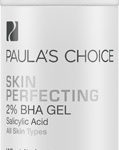
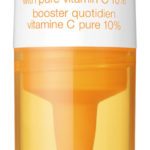
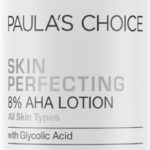
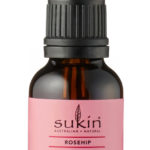




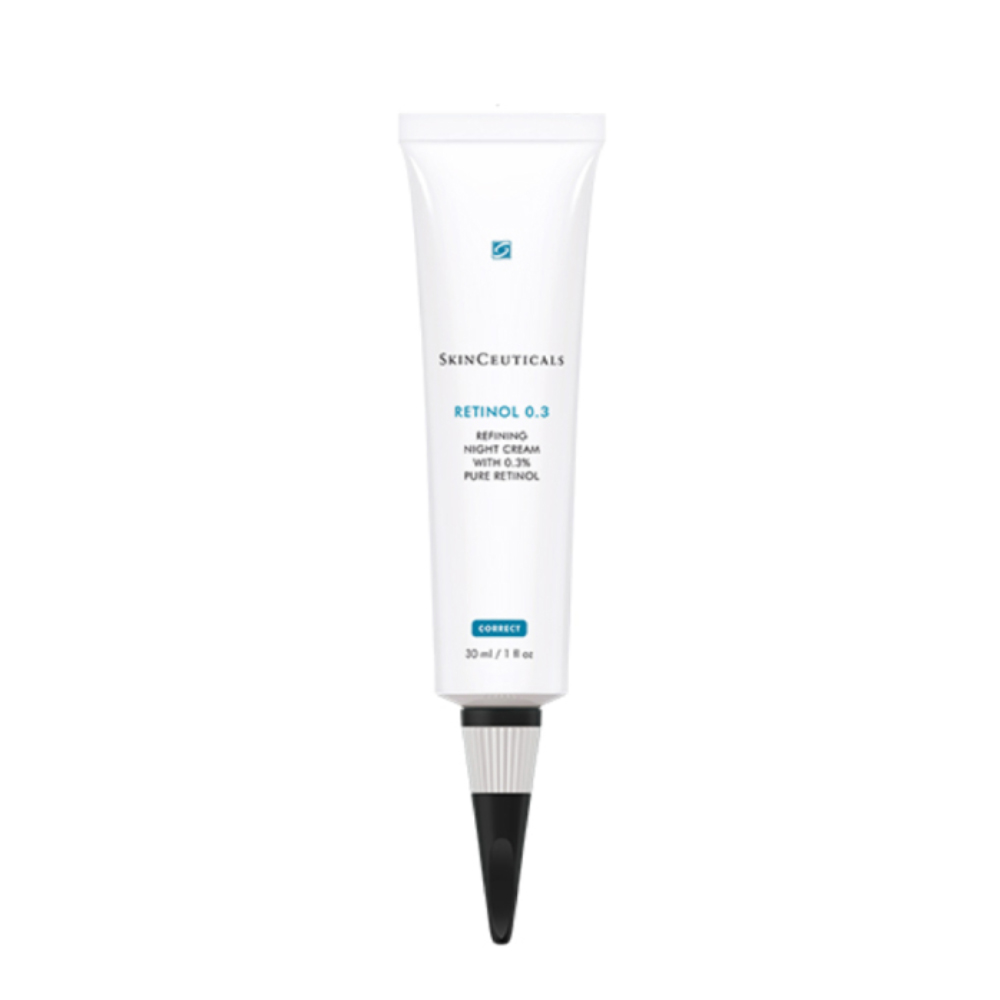
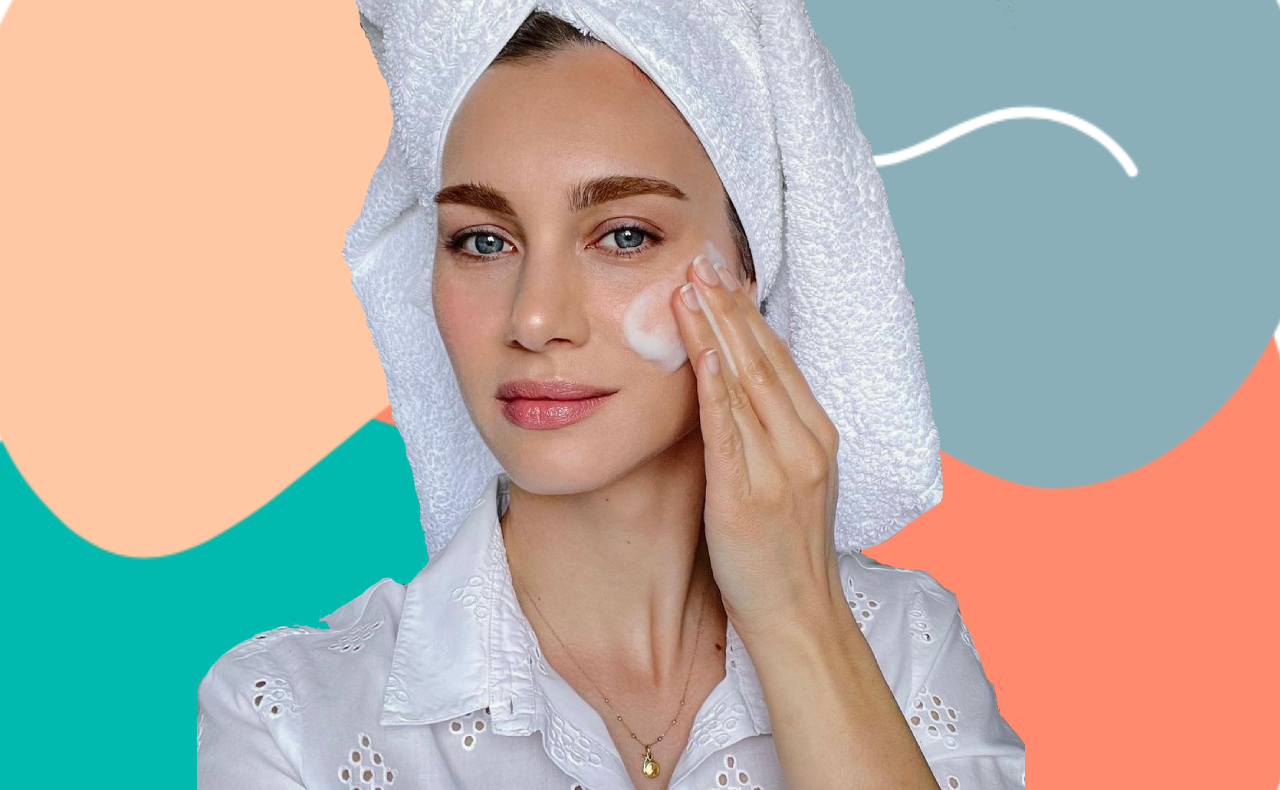



I love this article – it's very handy to know especially since I'm using the Skinceuticals Intense Serum atm!
I like this idea. A little pocket guide would really come in handy!
Good to know about these things. there are heaps of product with aha and bhas together being sold.
Vit C and Niacinamide is actually one of the best combos!
This article seems to misinform. AHA and BHA are often recommended by professionals to be used in complement to each other because they have different solubility (one is water soluble and the other is oil soluble). They target two different skin issues
I'm going to snip, paste and print this article and keep it for future reference.
Good to know.
I use Retinol ocassionally but it dries me skin out so its not a frequent user for me.
Not sure I use much vitamin A its in a serum I have but not used the 2 together
Interesting article. However, I use an AHA toner and vitamin A serum in my night routine without issue
Thank You BH for great information on not mixing Creams and Serums together will be more careful with Creams and Serums that I put on my Skin.
This was really good to know thanks!
Some of these are considered myths, see Paula's Choice website about mixing retinol and Vit C, retinol and acids, niacinamide and Vit C etc
https://www.paulaschoice.com/expert-advice/skincare-advice/retinol/five-retinol-myths-busted.html
https://www.paulaschoice.com.au/expert-advice/skincare-advice/skin-care-myths/can-niacinamide-and-vitamin-c-be-used-together.html
Good to know, thanks BH
Totally agree, very useful article
Thanks for the information.
I'm still learning but I must have tough skin because nothing seems to irritate it.
I always used to do my oil last, but then I read it should go under moisturiser – pretty sure that was on this site!
Me too, I know to use my Vit C in the morning and my retinoic acid in the evening but I wasn't sure how they work with some of the other products in my arsenal. I'll have to come back and check how they all fit together.
Interesting and helpful article.
Thanks for this! I thought it was odd about the niacinamide and vitamin C one as I've previously been recommended to use both.
Other brands also has products that combines these two together.
So does the Olay serum! It mixes vitamin C and niacinamide together.
Yep you have to know about these when dealing with pimples
Good article. My current routine doesn't involve any of the "no combos" but of course things can change.
very handy to know
Good to know!
This is the sort of information I need more of – thank you.
Thank you for sharing this!!! Why haven't we been told this before now???
This is great information. I am currently using La Roch-Posay pure vitamin c serum.
gosh Arty you are so organised – how I'd like to be one day.
This has got me thinking regarding my cleanser because it's quite an 'active' cleanser and its a real fave of mine as it seems to do amazing things for my skin but maybe I should be switching to something super gentle when using more active serums/creams etc!
Using products from the same brand should work better but even then there are some exceptions so best to research each product you do use and if it is compatible with another product.
I've reported the spam by jasonwong1.
I alternate by retinoid and AHAs
Great article- want to favourite it!
Just go gentle with your regimen.
This is information I find myself going back to in order to stop it from happening.